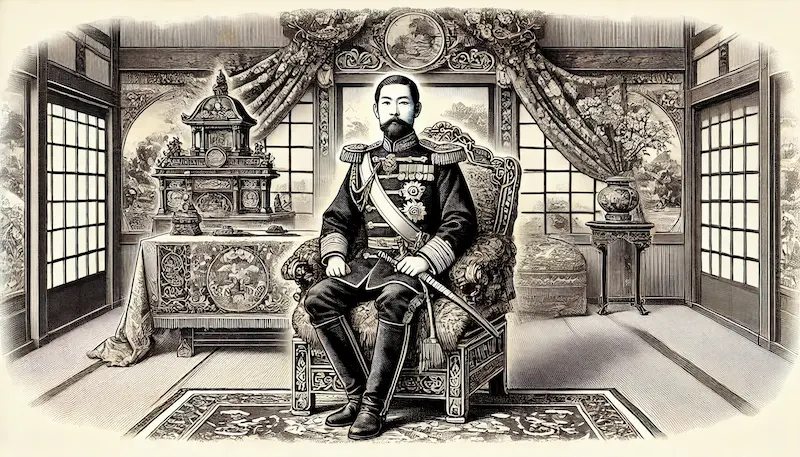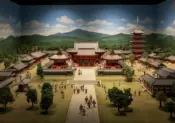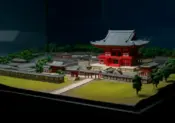Kyoto in the Meiji Era: A Time of Transformation and Tradition(1868-1912)
- 1. Introduction: Kyoto’s Meiji Era – A Period of Upheaval and Change
- 2. The Transfer of the Capital to Tokyo and Kyoto’s Decline
- 3. Striving for Modernization: Kyoto’s Industrial and Infrastructural Development
- 4. Preserving and Innovating Tradition: Kyoto’s Cultural Landscape
- 5. The Freedom and People’s Rights Movement in Kyoto
- 6. Conclusion: The Meiji Era’s Lasting Impact on Kyoto
1. Introduction: Kyoto’s Meiji Era – A Period of Upheaval and Change
Welcome to Kyoto during the Meiji era (1868-1912), a time of immense change and upheaval for Japan and its ancient capital. This period marked the end of the shogunate and the restoration of imperial rule, leading to a dramatic shift in Kyoto’s political and social landscape. In this article, we’ll explore how Kyoto adapted to the challenges of modernization while striving to preserve its rich cultural heritage.
2. The Transfer of the Capital to Tokyo and Kyoto’s Decline

In 1869, Emperor Meiji made the momentous decision to move the capital from Kyoto to Tokyo (formerly Edo). This move, aimed at centralizing power and modernizing Japan, had a profound impact on Kyoto. The city’s population dwindled, its economy stagnated, and it lost its political clout.
The decision to relocate the capital was met with resistance from many Kyoto residents, who launched a campaign to oppose the move. However, their efforts were ultimately unsuccessful, and Kyoto had to grapple with its new reality as a former capital.
3. Striving for Modernization: Kyoto’s Industrial and Infrastructural Development
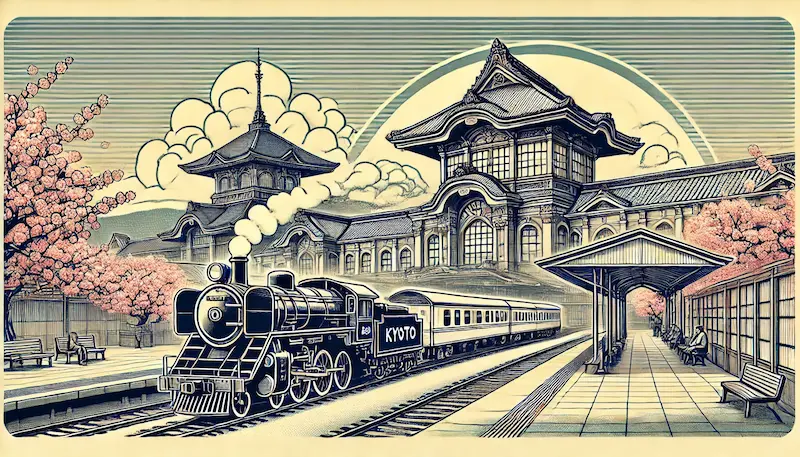
Despite the initial setback, Kyoto did not remain stagnant. The Meiji government implemented policies to promote industrialization and modernize the country. Kyoto, with its rich history and skilled artisans, played a crucial role in this process.
The construction of the Lake Biwa Canal in 1890 was a major turning point for Kyoto. This ambitious project brought water from Lake Biwa to the city, providing a reliable source of power for the burgeoning industries. The canal also facilitated transportation and improved sanitation, contributing to Kyoto’s overall development.
The introduction of railways and trams further enhanced Kyoto’s connectivity, making it easier for people and goods to move in and out of the city. Modern schools and hospitals were also established, improving the quality of life for residents.
4. Preserving and Innovating Tradition: Kyoto’s Cultural Landscape
While embracing modernization, Kyoto also made a concerted effort to preserve its rich cultural heritage. Traditional crafts like Kiyomizu-yaki pottery and Nishijin textiles were supported and promoted, ensuring their survival in the face of changing times.
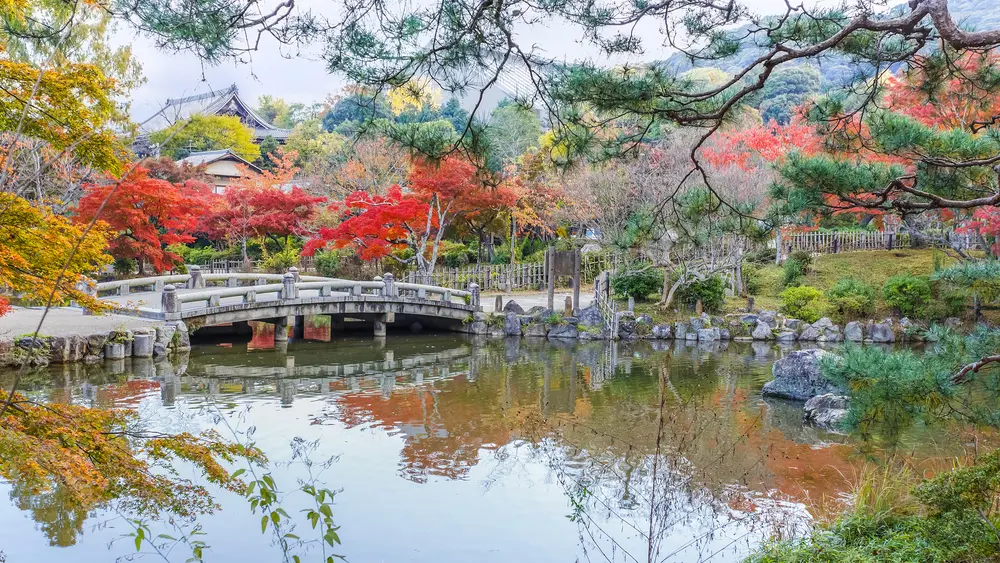
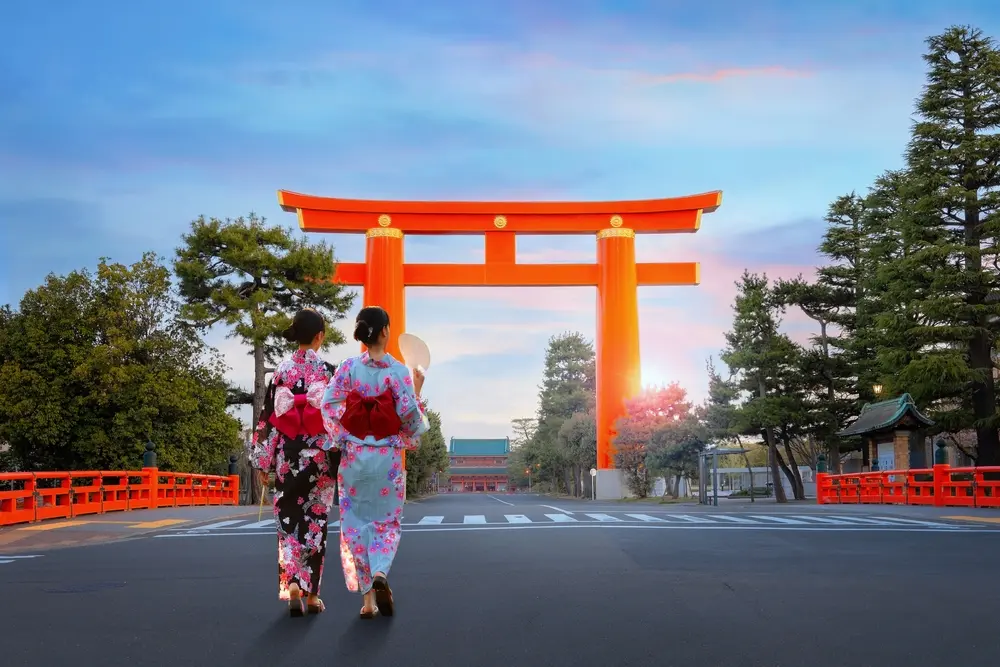
The Kyoto Expo of 1895 showcased the city’s cultural treasures to the world, attracting visitors and boosting tourism. The creation of Maruyama Park and Heian Jingu Shrine, both completed in 1895, further enhanced Kyoto’s appeal as a tourist destination.
The emergence of Shinkyogoku, a bustling shopping district, added a modern touch to Kyoto’s cultural landscape. This new entertainment hub offered a variety of shops, restaurants, and theaters, catering to the changing tastes of the Meiji era.
5. The Freedom and People’s Rights Movement in Kyoto
Kyoto also played a significant role in the Freedom and People’s Rights Movement, a nationwide campaign for political reform and civil liberties. The construction of the Kyoto Prefectural Assembly Hall in 1881 served as a symbol of this movement, providing a platform for political debate and activism.
Prominent figures like Itagaki Taisuke and Nakae Chomin, both advocates for democratic reforms, had strong ties to Kyoto. Their activities and writings inspired many in the city to join the movement, contributing to the growing demand for political participation and social justice.
6. Conclusion: The Meiji Era’s Lasting Impact on Kyoto
The Meiji era was a time of profound transformation for Kyoto. The city faced the challenges of modernization, adapted to its new role as a cultural center, and contributed to Japan’s political and social development. The legacy of this era can still be seen in Kyoto’s unique blend of tradition and modernity.
Kyoto’s Meiji period is a testament to the city’s resilience and its ability to embrace change while preserving its cultural identity. It’s a story of adaptation, innovation, and the enduring spirit of a city that continues to captivate visitors from around the world.
>NEXT
Kyoto in the Taisho Era: A Flourishing of Modernity and Culture(1912-1926)
